Sucre and Potosi Tourism Information
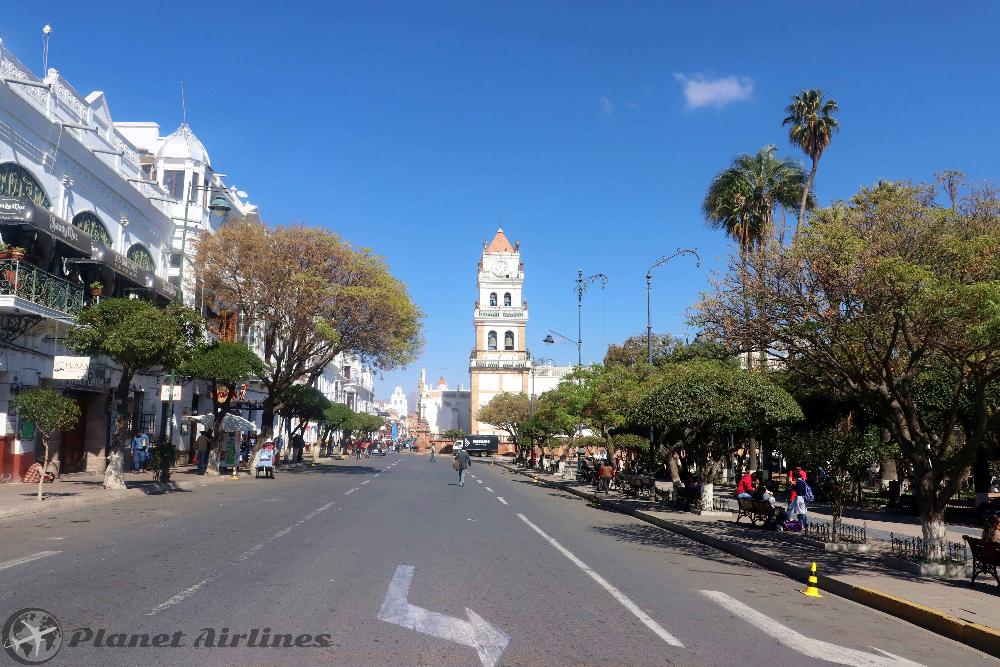
By surprise for many travellers, Sucre is the official capital of Bolivia, though many of its governmental institutions have now moved to La Paz. Sucre has the appeal for its pretty, well-kept centre, and for its agreeable climate, Sucre is probably the most calm city in Bolivia. While it offers specific attractions in the form of historic buildings, renowned theatre as well as indigenous culture and prehistoric sites, like the Dinosaur footprint park and museum, one of the must see whilst in Sucre! Additionally Sucre is the best city to get used to the high heights of Bolivia, as the city is at 2.800 meters.
Sucre’s history has always been closely tied to that of Potosí. The city rose to prominence as an attractive retreat for wealthy and influential figures connected with Potosí’s silver mines. Although Sucre can be considered a ‘colonial’ city, its architecture is more an example of later, neo-classical style. The untidy, crooked streets of Potosí better reflect the chaotic urban planning of early colonialism and the silver rush, while orderly, elegant Sucre is more organised with it's streets running more parallel forming a modern grid. Sucre’s original name, Ciudad de la Plata de la Nueva Toledo (city of the silver of New Toledo) reflects the huge significance silver played in the city’s development.
As for Potosí, the city was founded in 1546 after the discovery of the rich silver deposits in the Cerro Rico. It soon became one of the wealthiest and largest cities in the Americas. Some of this wealth was used at the time to build magnificent baroque churches (UNESCO listed sites) and monasteries. Mining was the great job at the time, miners were often below ground for weeks at a time. In 1800 the silver mines were depleted and other metals like tin, lead and zinc became the major ores mined. Together with a series of epidemics and earthquakes, it lead to a slow economic decline at the time, which has slowly progressed into other economic powers.
Potosí retains its colonial charm. Narrow, sometimes winding streets originate in the central plaza, which is where most governmental buildings and the cathedral are located. Other notable structures include the Church of San Lorenzo (mainly 16th century) and the Convent of Santa Teresa (1691). The Casa de la Moneda (“House of Money”) was built in the 1570s and rebuilt in the 18th century; it now houses a museum of local history (including early mining machinery), ethnography, and art. UNESCO designated the historic city a World Heritage site in 1987. Thanks to this and efforts to rebuild many of its streets, and its colonial churches have made tourism increase in the city, to become now the main economic power. However, mining still takes place, and its possible to join a tour to go under a mine and see miners still working in harsh conditions.
This guide combines Sucre and Potosi in one page as many travellers choose to travel from Sucre to Potosi or vice-versa, combining with a visit to Uyuni, to join the Salt Flats tour.
Sucre has a pleasant, cool, climate. The average temperature ranges from 10°C to 25°C with the coldest temperatures occurring during the months of June and July. The rest of the year tends to be dry and sunny, however nights can get chilly, dropping to just above 5 °C. Sucre features two seasons:
During the dry season, (May to October) the days are sunny and clear, with the sun feeling much hotter than the reported temperatures. The dry season is generally considered to be the best time to visit Sucre.
The rainy season, (December to March) peaking in January with of rainfall, is marked thunderstorms which occur about once every four days. The weather is quite variable at this time, with some sunny days mixed with days of cloud and heavy fog. Temperatures are much higher, reaching up to 35°C and with a higher humidity factor.
The climate is the same in Potosi, albeit with the higher altitude of 4060 meters, makes for a bigger difference in temperatures, specially at night when you can experience subzero figures during the dry season. During the rainy season in Potosi, it rains less but often thunderstorms can bring severe weather. Temperatures can hover around 15-35 °C this season.
❗Attention: If you do choose to travel to Sucre or Potosi in the wet season, be aware that activities and flights are more likely to be cancelled due to heavy rainfall.
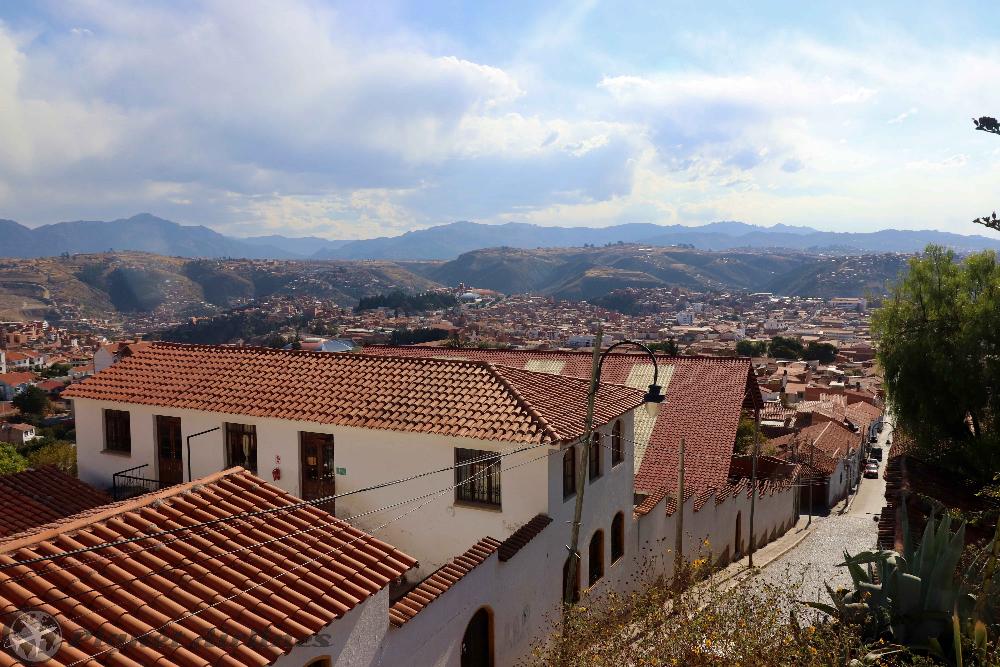

Transportation in this side of Bolivia, relies heavily on road infrastructure which links other cities and smaller communities. Long distance busses, are the preferred way to travel by the locals, and budget travellers, when coming from the big cities like La Paz or Santa Cruz. Daily night departures are available in either direction, with tickets costing one way around €25-30 with bed type of seats and evening snacks.
There is also an airport in Sucre, which offers quick flights to either major city. It takes barely an hour from La Paz or 30 minutes from Cochabamba. Once you arrive at the airport in Sucre you can get a taxi to the city centre for 50 Bob, or go by van to just outside of the city for 8 Bob, then a taxi will cost you 5 Bob to your accommodation.
Once in Sucre, local busses, taxis, and private cars which act as taxis for the local people are all ways of moving around. In the city centre, a taxi will not cost you more than 5 Bob. If you are travelling by local busses, then it's only 1.5 Bob! Local busses in Sucre (and Potosi) are designated by numbers or letters, which make it easier to identify the route for travelers. However, when you get on, always ask to confirm the destination, as some can finish earlier or you might be taking the wrong direction service!
In Potosi, you can only arrive by bus. If taking the bus between Sucre and Potosi, it will take 3 hours at a cost of 20 Bob. These busses have luggage compartment but lack toilets.
Note that when arriving in Potosi from Sucre, La Paz or Santa Cruz, the terminal is the new one, which is outside of Potosi city centre. Taxis there will cost 10 Bob or you can take a van/bus for 1.5 Bob.
If you are continuing your trip from Potosi to Uyuni, taking the Bus costs 30 Bob and takes just over 4 hours. The busses have luggage compartments but lack toilets. Note that Uyuni busses at Potosi, use the old terminal. Taxis here will cost 5 Bob or you can take local vans/busses for 1.5 Bob. (vans with letters F, H or L go near to the old terminal from the upper Potosi old city).
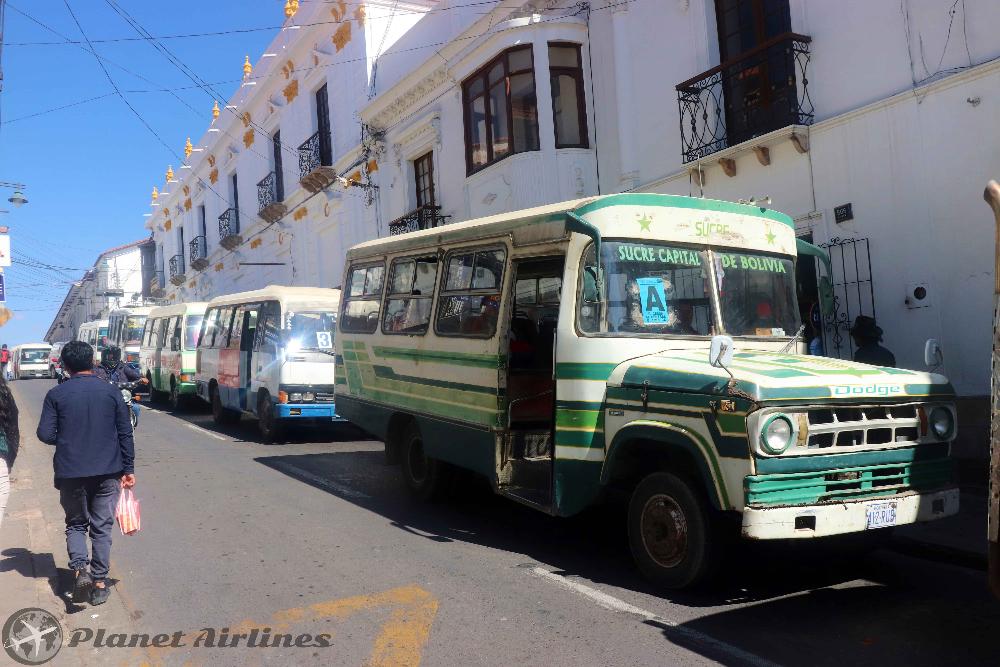
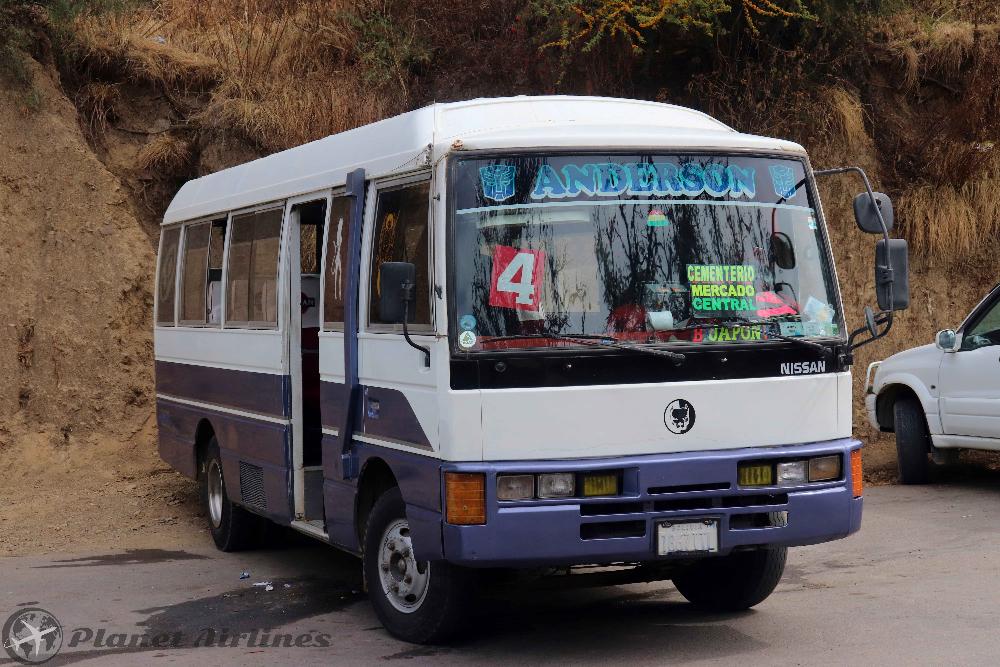
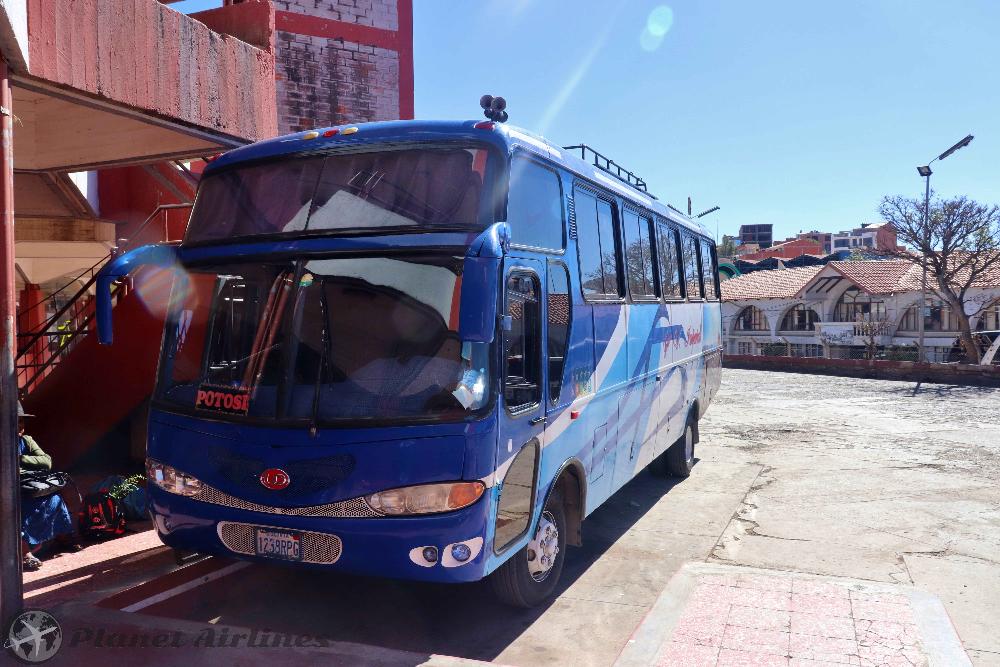
Sucre is also known as the white city, as it showcases a great amount of clean-white colonial-era buildings, spectacular rooftop terraces and quaint garden patios. It's one of the most recommended cities to visit in Bolivia, due to its pleasantly warm climate and relaxed small town atmosphere.
To know a little about Sucre's history, we need to travel back to the 19th Century. Sucre has long been known as a centre for progressive thought, and in 1809 it was from here that one of the first independence movements in South America began. Despite this, Bolivia was one of the last South American countries to gain independence from Spain, in 1825. When independence was finally established in Bolivia Sucre became the capital of the new nation. As the silver industry diminished in importance, power shifted from Sucre to La Paz, and at the end of the 19th century the seat of Bolivian government was moved to La Paz. Sucre remains the constitutional capital of Bolivia, but only the judicial branch of government is based here. This remains a contentious issue for the people of Sucre.
But away from politics, Sucre now is a vibrant town full of life and energy. It has a very international feel with many visitors coming here from all over the world. It's people now mark tourism as the number one industry keeping the city active and it's no surprise that you will notice many agencies and travel organisms trying to sell activities and tours as you walk along the streets.
Below are some of the highlights to see and do in Sucre:
- Parque Cretácico: Is a must see place, when visiting in Sucre. Not the first thing one might expect to visit, but Sucre has now been associated with prehistoric findings of dinosaur footprints since 1985. This fun dinosaur park was built to showcase the selection of well preserved, footprints, which were found by the cement company "Francesa". That is why the area around the park is full of machinery and factories where cement is produced. The park, has an extensive selection of life-size fiberglass dinosaur models and a small but informative museum. At entry of the museum, which costs 30 Bob, there is a free tour included in the price which explains the history of the museum and another tour which takes you down to the actual footprints to observe them up close. Getting to the park can be done by the ‘Dino-Bus’ taking tourists to the park from Plaza 25 de Mayo at 12PM and 1PM for 15 Bob or you can go by mini-bus, for only 1.5 Bob, number 4 or letter H from Junin 348 street📍 and get off at the last stop.
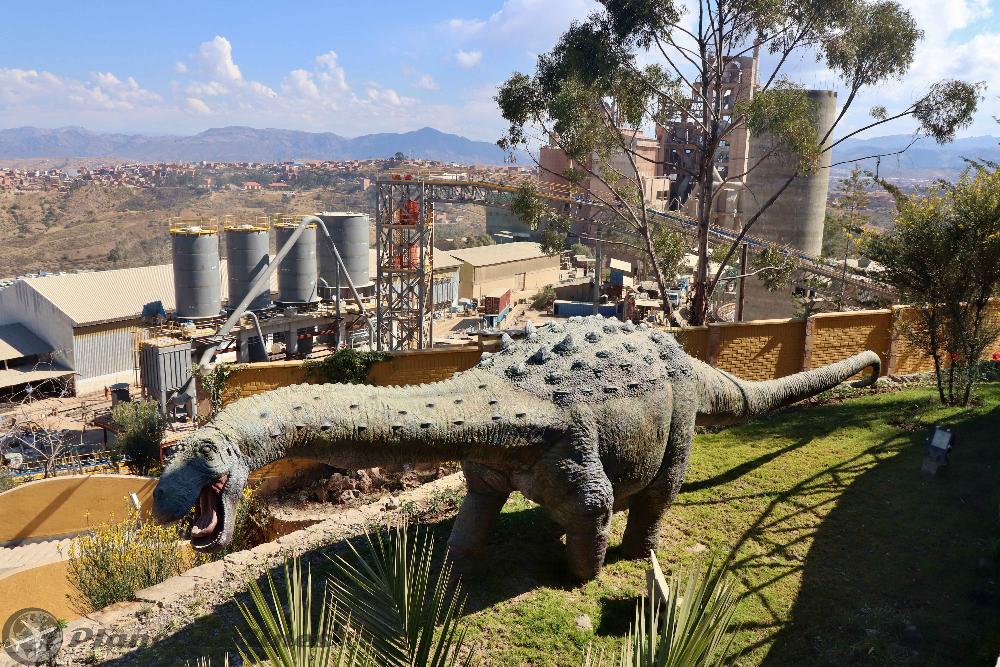

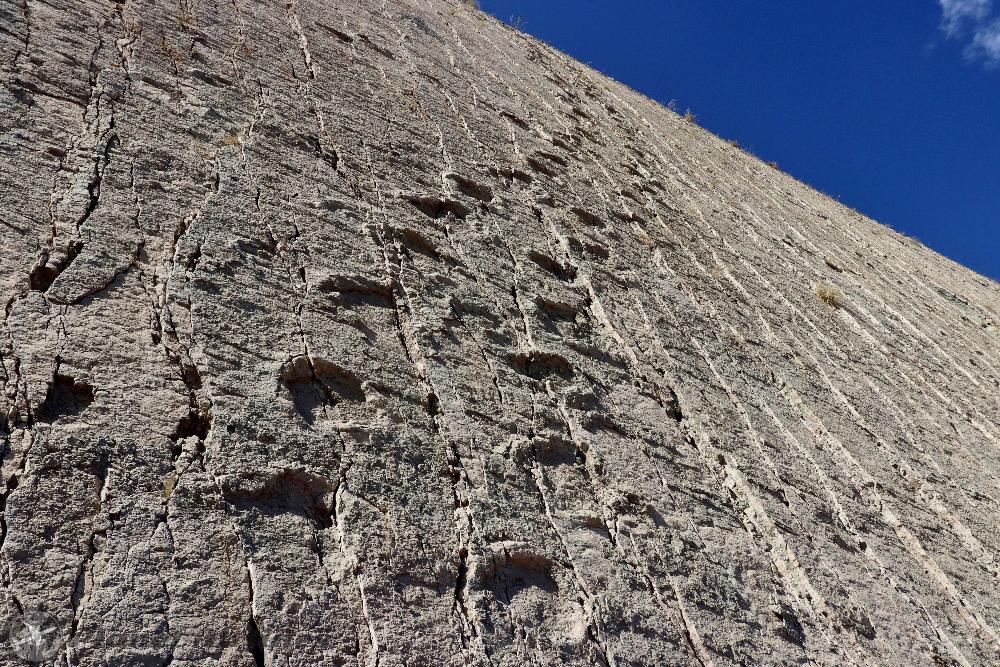
- Sucre City Centre: The actual city centre lays at the Plaza 25 de Mayo, they say Sucre’s main plaza is the most beautiful in Bolivia. Shaded by huge trees and surrounded by elegant colonial buildings, this relaxing plaza features a delightful assortment of fountains and monuments. Also you will find many trendy restaurants and cafés along it, together with tour agencies and tourism information.
❗Attention: When walking around Sucre's streets and close to the centre, be advised of the heavy levels of pollution from the old vehicles, busses and other toxic fumes which can make some walks a little unpleasant. Cover your mouth and nose if possible if you suffer from these.



- Castillo de la Glorieta: Once a prince and a princess lived in this fairytale pink castle just a short drive from the city center. The castle, which would be more at home in Europe than Bolivia, was constructed by a wealthy mining couple who were later given their titles by the Pope as a reward for extensive charity work. The entry to the castle is 20 Bob. It doesn't take long to look around the rooms which are a little bare, but you can access the tower of the prince and walk along the gardens also. To get there take mini bus 4, from Loa Street 📍 and get off at the last stop.

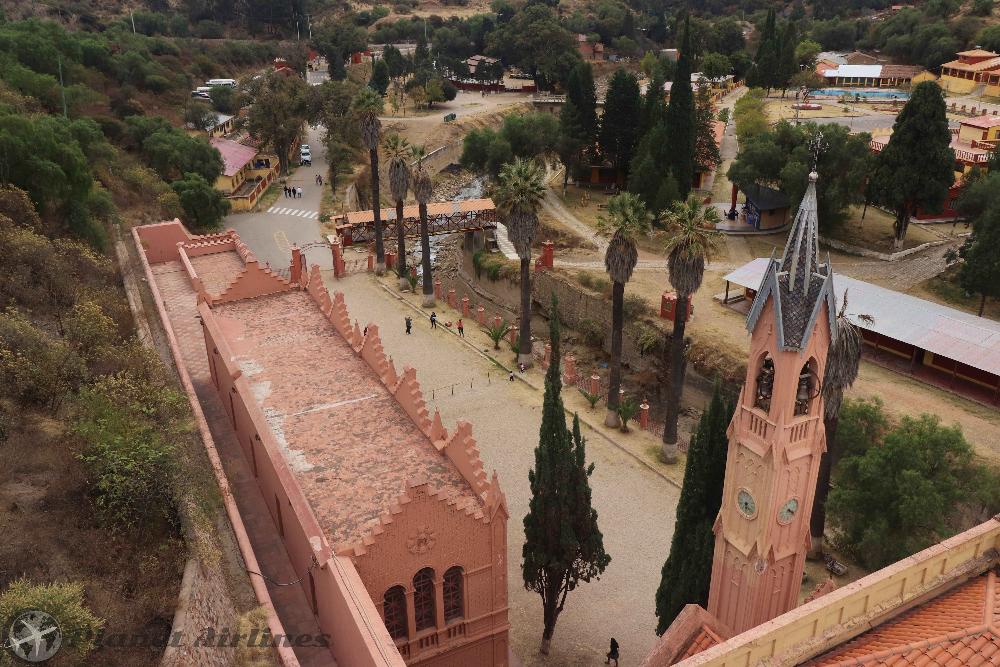

Cementerio General: Another peculiar visit is the General Cemetery in Sucre. In South America, it’s customary to stack graves on top of each other rather than bury the deceased underground. This tradition can be observed in Sucre’s General Cemetery. The place is not as grim as one may think, with lovely pristine garden, flowers and trees creating a peaceful and quiet setting with big paths to walk along. Many people come here even to have lunch, read, listen to music or just relax in the calm surroundings.
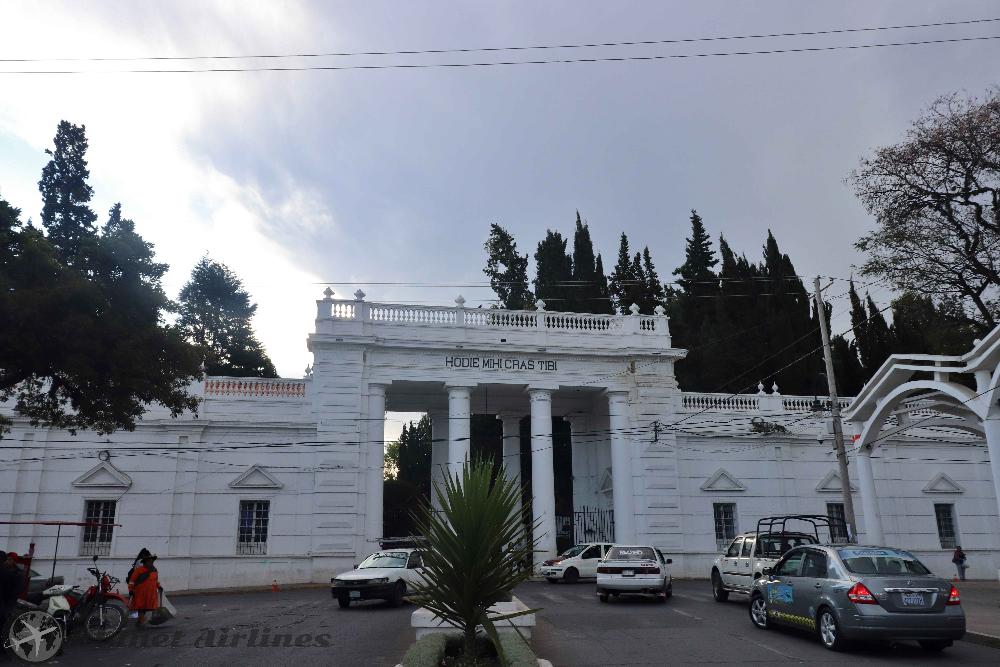
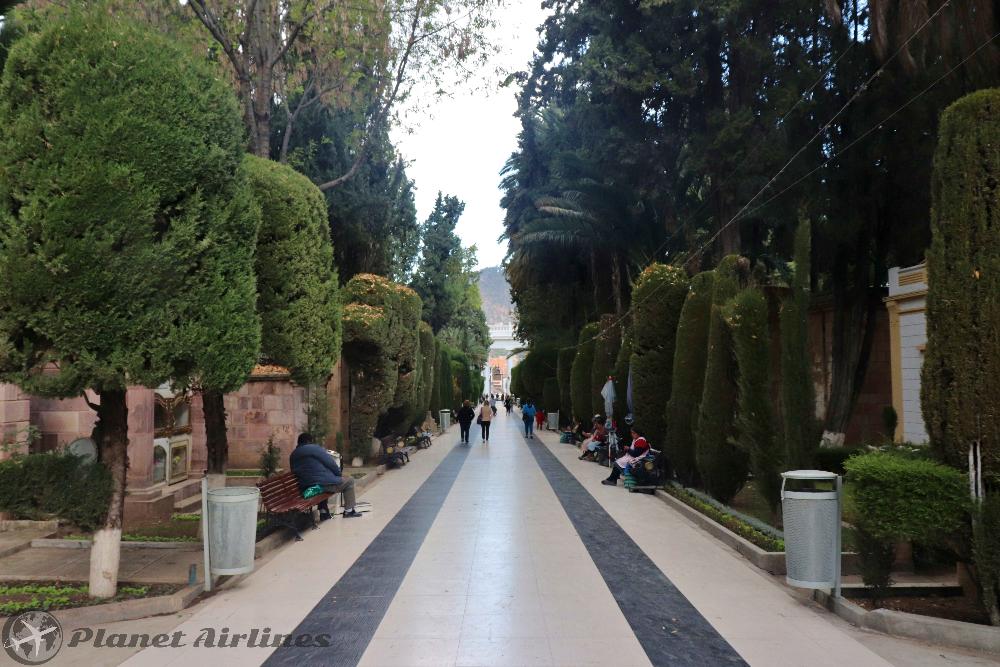
- Recoleta: At this area, you will find the Plaza Pedro de Anzúrez square, with a monastery open to visit, a few handicraft stands, the Museo de Arte Indigena ASUR (Museum of Indigenous art) and some great cafes and restaurants to marble at the views below!The Recoleta is an attractive little plaza on a hill overlooking the city. Easy to walk from sucre city centre, the plaza is a popular afternoon hangout spot for local youths. Its highlight is actually the Mirador Café, which serves tasty food and coffee with wonderful views.
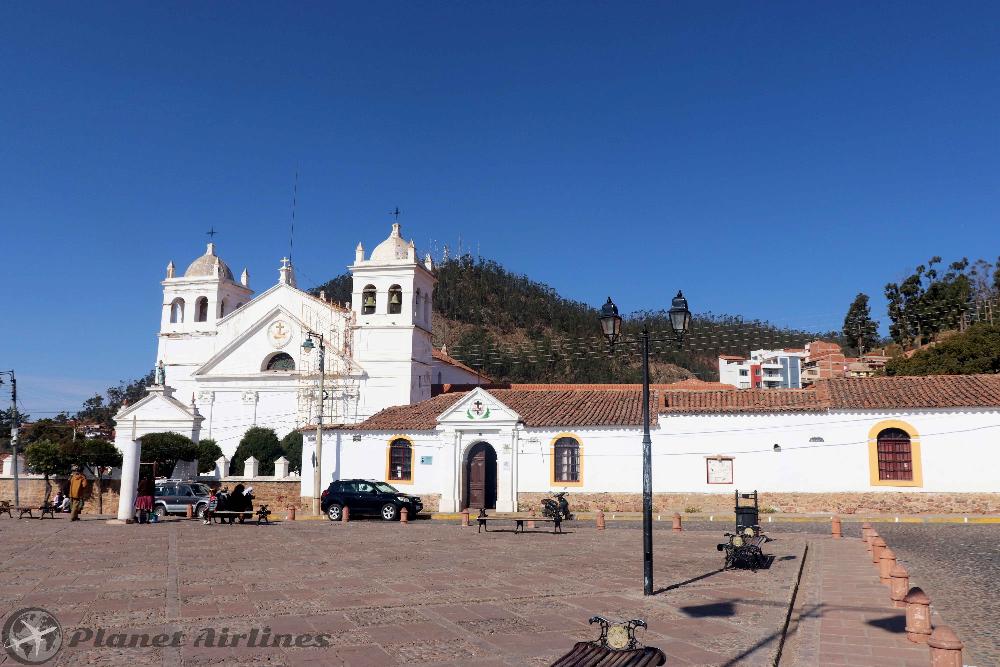
.jpg)
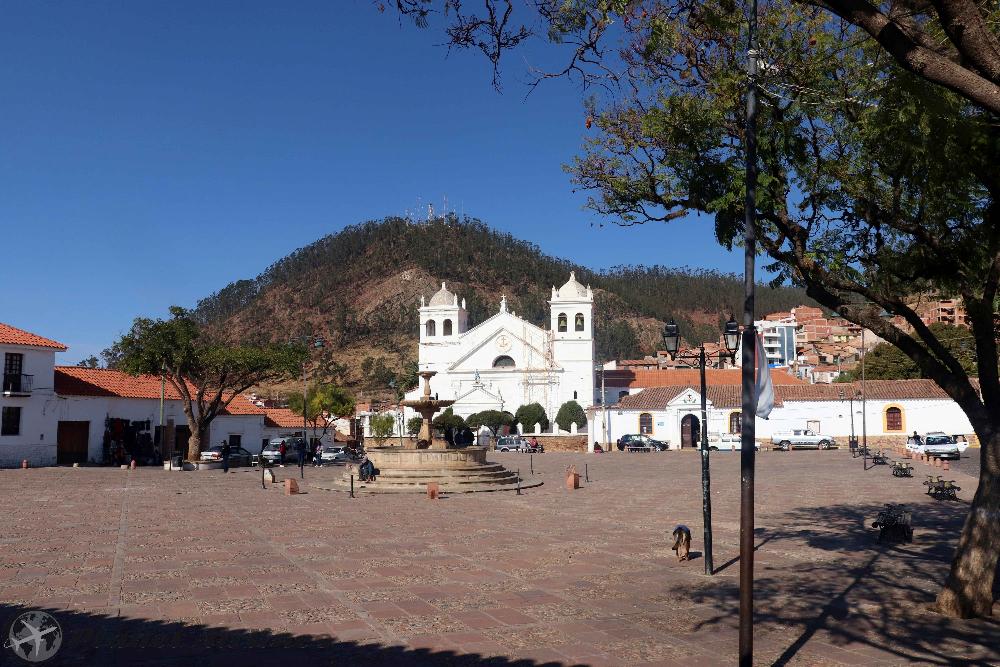
- Mercado Central and Mercado Campesino: The main farmers market in Sucre is Mercado Central where you can buy the fresh vegetables, fruits, herbs, spices, legumes, breads, meats and household goods at the cheapest prices. The top floor of Mercado Central is dedicated to traditional Bolivian cuisine, serving up tasty hot meals from 7am until closing. Around the market you will also find many other stores selling all kind of goods.
The other big market is the Mercado Campesino, operating for over 26 years, the vast, sprawling, open-air market now covers around 10 blocks making it the largest and most visited market in the city. From second hand furniture to auto parts and DVDs! It's a unique combination of department store, farmers market and open car boot sale! It might seem a little messy at the beginning, but it is organised into sections with vendors selling similar products. Mercado Campesino is also a great place to savor the local street-food. Noodle soups, meaty stews, crunchy chicken necks, cheesy salteñas etc.

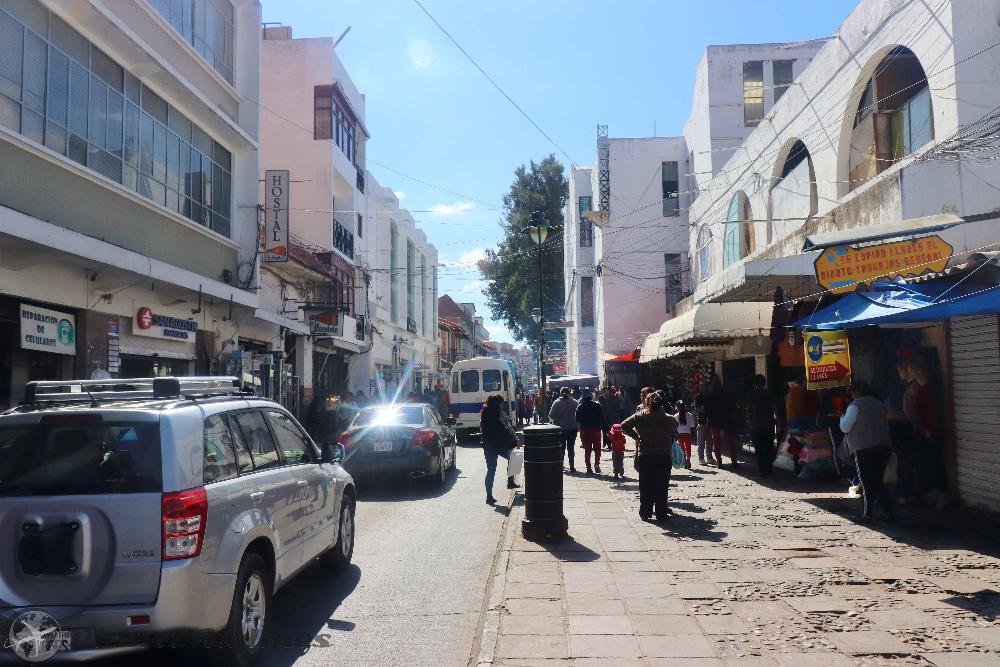
Potosí, is located 90 km southwest of Sucre. Potosi is one of the world’s highest cities at 4,050 metres, it stands on a cold and barren plateau in the shadow of the mining mountain of Potosí, also called Cerro Rico “Rich Mountain”, by the amount of metals that have been mined from it. The mountain might not look that impressive from the outside but inside it's filled with thousands of mines. Being one of the main attracts to the town now for tourists.
During the 1600’s it is said to have also been the most populous city on Earth, and larger that most European capitals, because of the amount of miners arriving and wanting to exploit the potential of finding silver.
The Spanish arrived in the 1500’s having already heard of the vast wealth of silver being mined. The Spanish settled the area in a chaotic, unplanned manner, enslaved the locals. They had no plans to reinvest in the area, although they did spent millions on homes, cathedrals and government buildings, some of which you can still see today in form of colonial buildings. Casa de la Moneda is the most interesting building, (the Spanish Mint, where they converted the silver into coins).
Now a days, Potosi has gone from opulent to poverty stricken and today is one of the poorest regions of Bolivia. It is also the only Bolivian state in which more people live in rural areas than in urban areas. The only area which has some beauty still is the upper historical centre.
UNESCO named Potosi Cultural and Natural Heritage of Humanity in 1987. Potosi is arid, remote, and cold but its unique attractions and natural beauty make Potosi a hot destination now getting more popular as tourism helps to shape the future of the town.
Below you can read more about the highlights to see and do in Potosi:
- Cerro Rico Mine: most tourists who come to Potosí, come with one ambition, take a tour to the Cerro Rico mountain. You will be able to pinpoint the mountain straight away on your arrival, as the high pointed mountain that is the landmark of Potosí. Taking tours to the mine are obligatory, as it is forbidden to do it alone. However, tours are not expensive at 80 Bob in Spanish and 100 Bob in English. Most hotels and hostels can organise the tour for you as well. At one point women were forbidden from entering the mines as the male miners believe they will bring bad luck. However, female tourists are allowed to enter now.
Tours begin at around 9am and bring you back to your accomodation around 13h. Protective uniform and boots are provided. The guides will explain all the must do/don't of the tour which is important as you will be venturing into a live mine where miners still work. The time spent inside the mine is around nearly 2 hours. On the way there, you will make a stop, to know more about dynamite and coca leaves which the miners eat for energy. Your tour guide will also advice you to buy some drinks and coca leaves to give to the miners inside the mine. Before you enter the mine, you also get to see a panoramic view of the city and buy a few stones with minerals from children selling on the mountain, for only 1 Bob each little stone. A curiosity of the tour will be when you reach “El Tio” (the devil believed to own the mine), who's adored for health, prosperous mining and "fertility".
❗Attention: Despite this kind of tour is prohibited now in Europe and other countries due to health precautions. Bolivia is still one of the few countries offering this activity. You must be advised that inside the mines there are toxic fumes which can affect you if you suffer from respiratory problems or have asma. There are also toxic surfaces that can't be touched due to harmful chemicals/minerals. Also during the tour there is a lot of dust, which can't be seen clearly by darkness. Bringing protective gloves, masks, scarfs are definitely advised. Also during the tour, you might be expected to climb down wooden steps 30 meters to see the mines. Always listen to the guide's indications and safety precautions. It is regarded a safe tour however.
Cerro Rico Mine photo gallery:
- Casa de la Moneda: This is the Spanish Mint, an enormous building that covers an entire city block and has over 20 rooms. The Spanish built the Casa de la Moneda to turn all the silver they mined into coins prior to sending them on ships back to Spain. You can still see much of the original equipment used to mint the coins. Inside you can only visit with guided tours. There are tours in English as well when there is a big enough group or reservations are made.
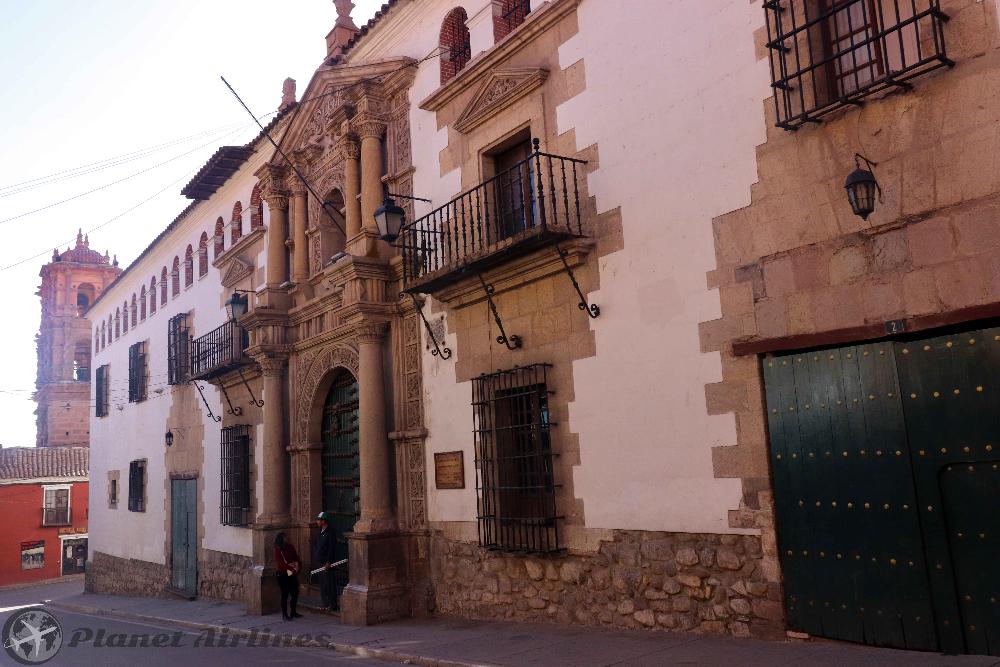
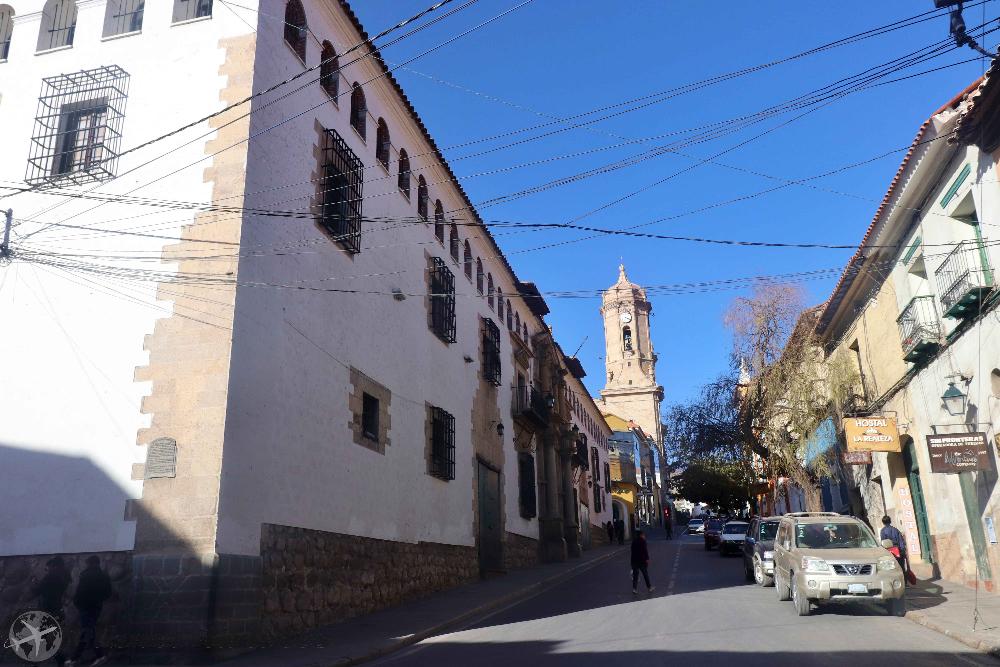
- Plaza 10 de Noviembre: is the Potosi main square in the old town. Around it you’ll find many colonial era buildings, as well as the Cathedral of Potosi.
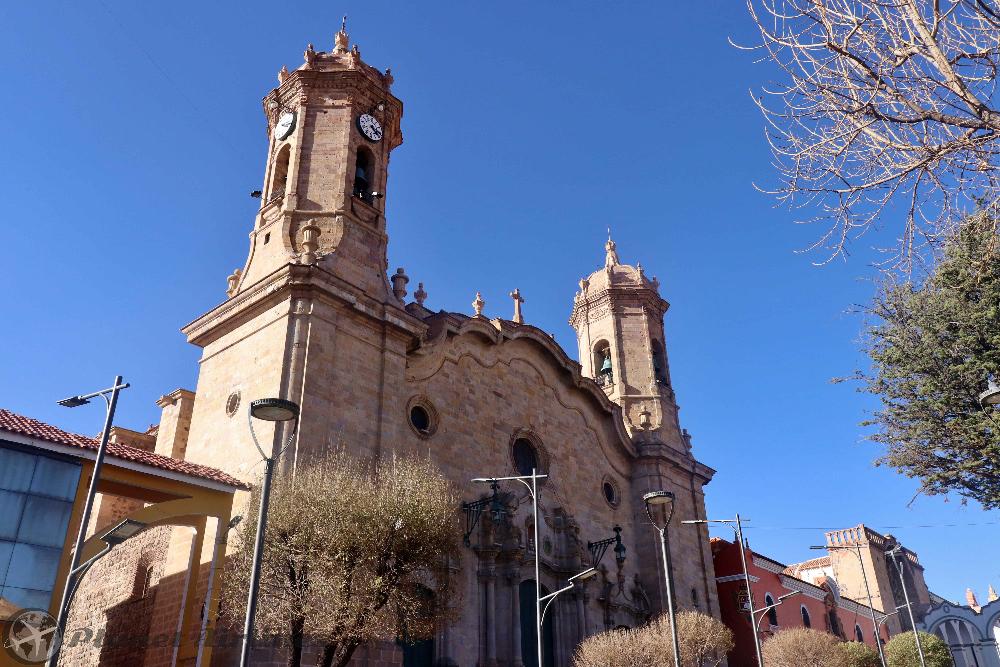
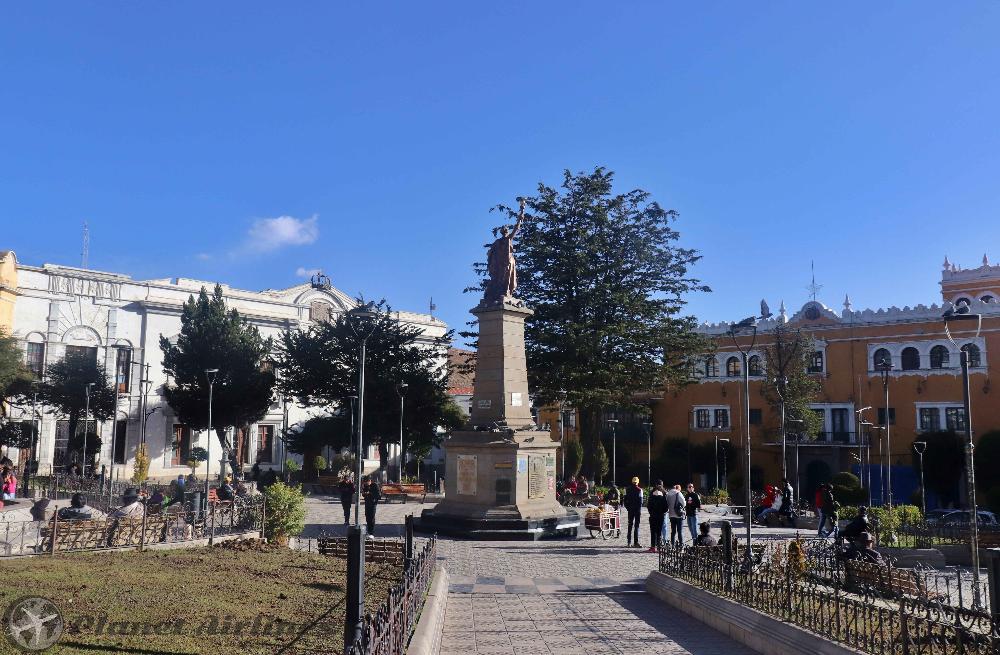
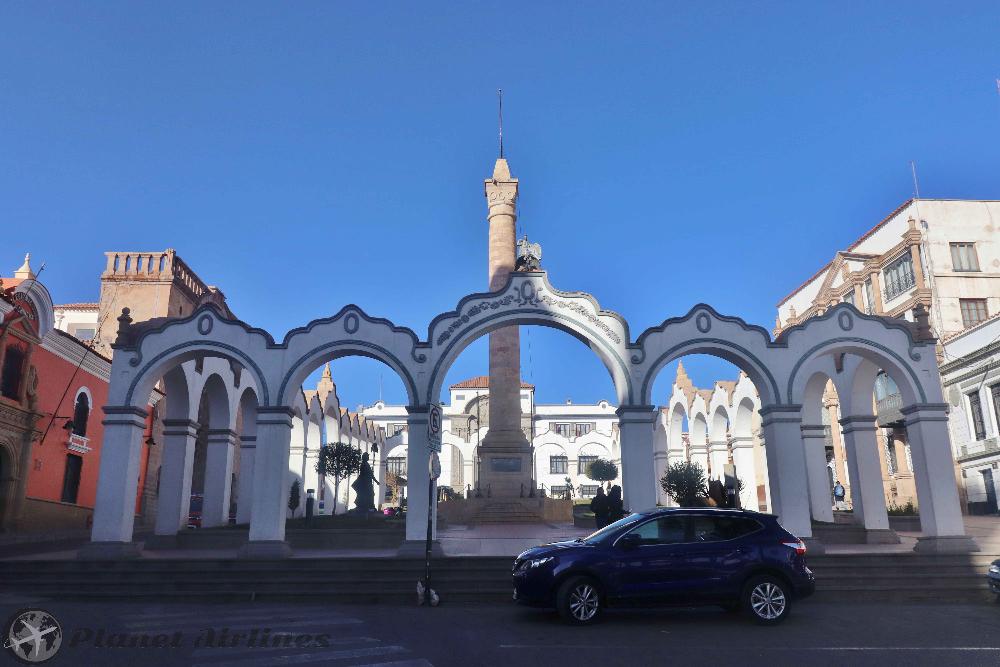
- Colonial streets and houses: Potosi has numerous pretty colonial streets that are well worth a walking tour and several local markets that are also interesting, like the Mercado Central. Many of the homes still have their original architecture. Some of the most touristic streets to walk around the historic town is Sucre street With many nice restaurants, souvenir and handicraft shops, along the street which is mostly pedestrian.

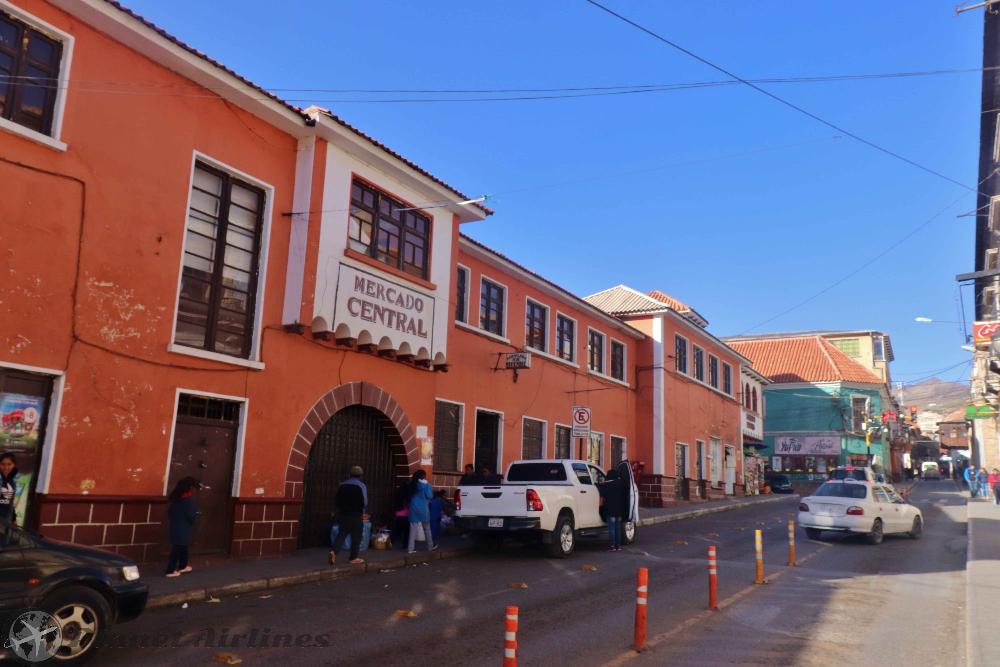
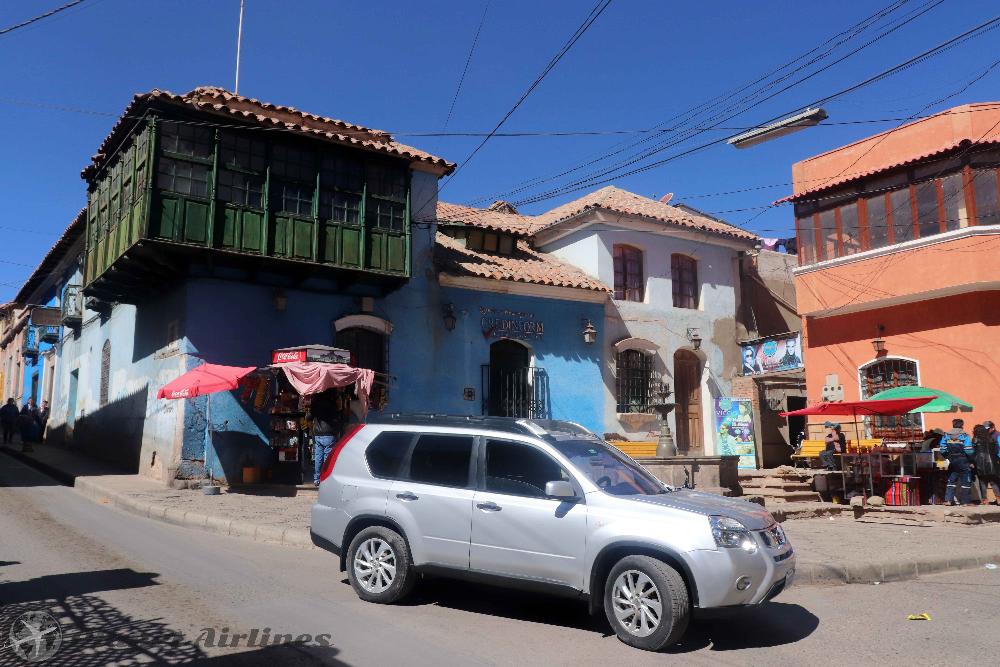
Sucre: The capital of Bolivia is a nice town which locals and foreigners don't miss out on their itineraries and there is a constant movement of people year round. There are plenty of accomodation options, from high end hotels with big comfortable rooms and family rooms to more budget hostels and hotels offering basic services. Depends also where you are located in Sucre, accommodations closer to the main square, tend to be of more quality and more expensive. Whilst staying near to the central market or 3 to 4 squares from the main plaza, the prices greatly come down.
For medium quality Hotels, expect to pay around €20-25 per night. But you can also find basic hotels for €15. Many hostels and shared accommodation are also available and tend to be very popular, with dormitories for around €5-10 a night.
Potosi: With Potosi having been on the decline in the last decade, it's not until recently that efforts are made to restore mainly the central and historical side of Potosi. Or for reference, the upper Potosi, which belongs to the historical area. This area is now rejuvenated thanks to the tourism playing an important role in injecting funds to the economy. When selecting the accommodation location in Potosi, make sure you stay in the upper side of the town, close to the Cathedral as a reference. This area is the nicest of Potosi, as well as the safest.
There are plenty of Hotels and Hostels around the centre, which offer reasonable and budget friendly prices. Most accommodations include breakfast as well. For single rooms in Hotels you can pay as little as €12-15 with Wifi and private bathroom. There are also many shared rooms and dormitory rooms for only €5 a night. Note that many places will be able to arrange tours and excursions for you for the same price as the agencies.
❗Attention: As with all Bolivia, services in Hotels/Hostels may not run as efficiently and smoothly as one might expect. Hot water hours might be limited, poor wifi signals, electricity blackouts, paying for additional services etc. One should be prepared for eventualities and have patience. As well, many staff, although being friendly, have limited or non English speaking skills!
Sucre: When visiting Sucre's more quiet atmosphere and close by sights, one can make the city a quick stopover to continue to other places around Bolivia or stay in Sucre to relax and get acquainted with the altitude difference and avoid rarip changes in pressure and sickness symptoms due to the height. With the city easy to walk around in a few hours and visiting the main sites in a day or two, the quickest stay to tick all the main sites would only require a 3 night stay. However, if you want to take additional tours to more distant destinations and make Sucre your base then up to a week would also be sufficient, which gives ample time to relax and enjoy the peaceful surroundings.
Potosi: To visit Potosi doesn't require either a lot of time, however most travellers transit in Potosi only for a day or two. The main tour to the mines is a must for most visitors and see the upper town historical centre. This can be done in a full day both activities. Due to the altitude and the hilly town centre, one can easily get tired of walking too much in Potosi. Therefore 1 or 2 nights would be enough to see mining city.
Sucre Photo Slide 📷
Potosi Photo Gallery 📷


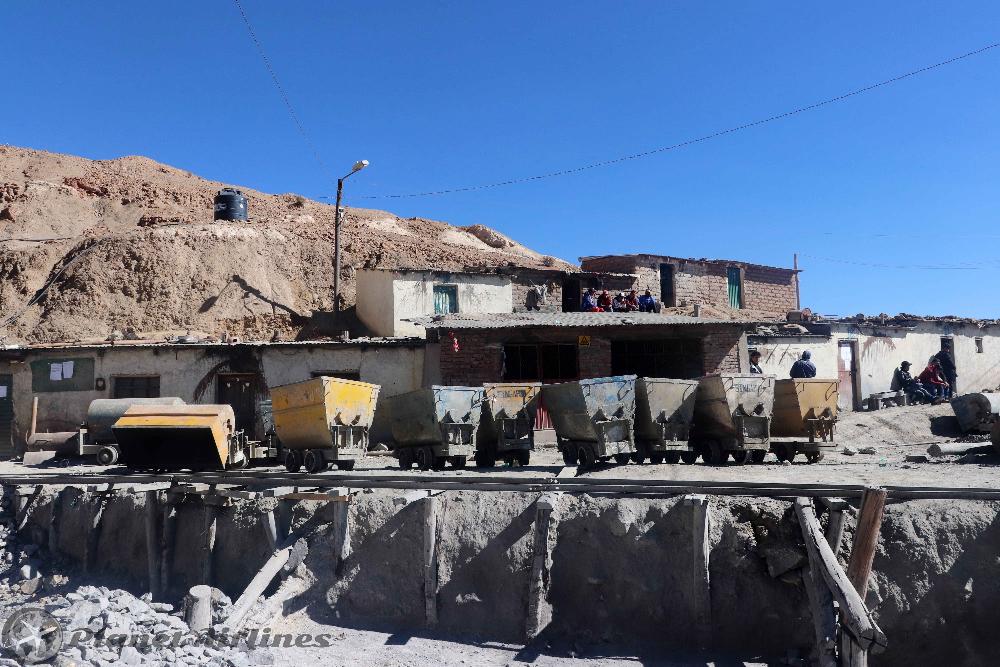
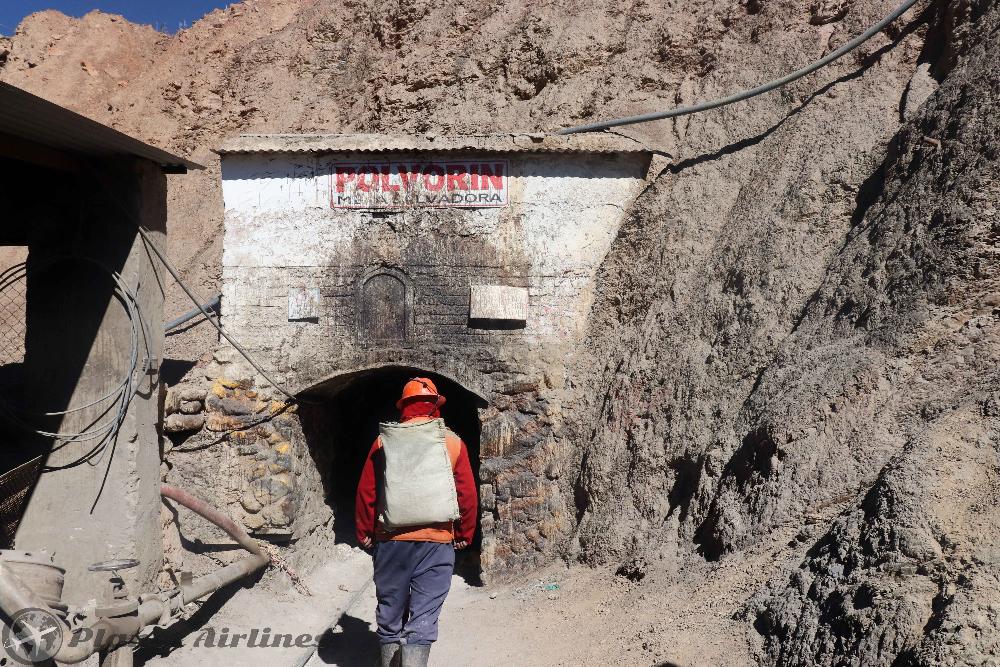
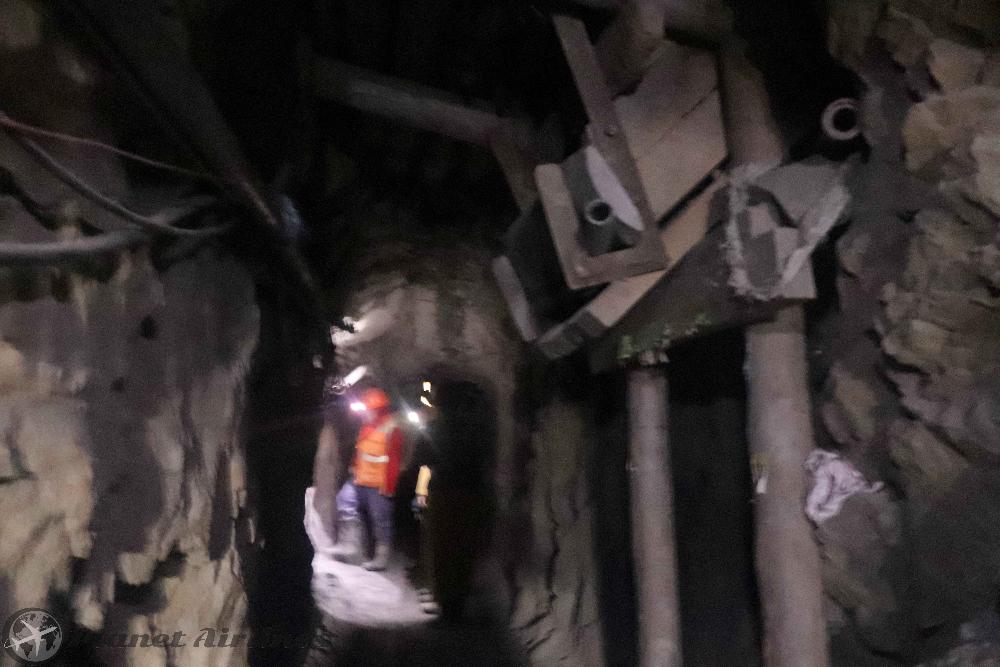

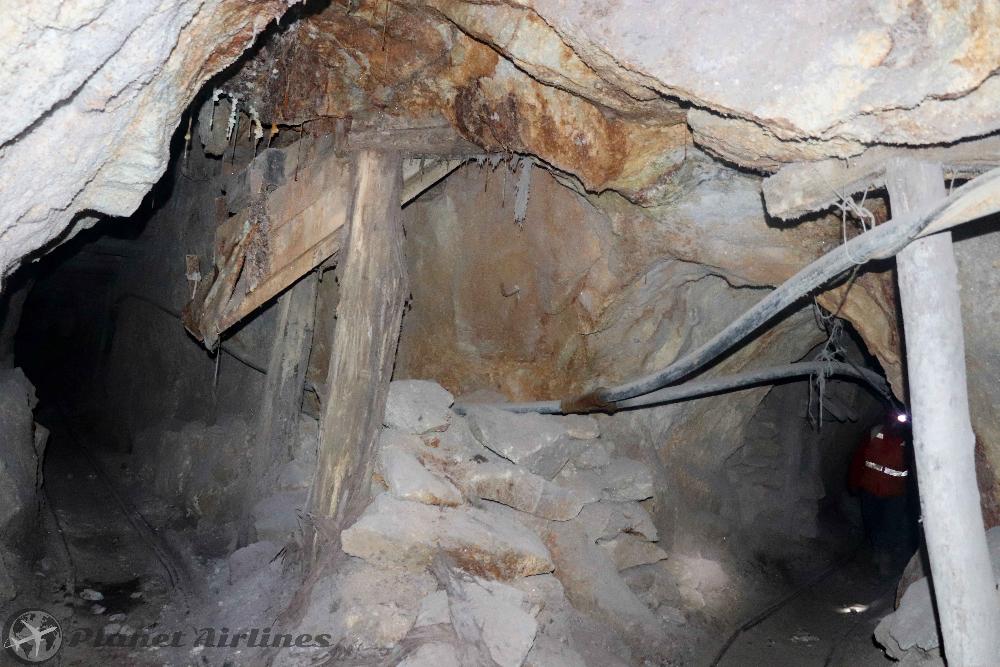
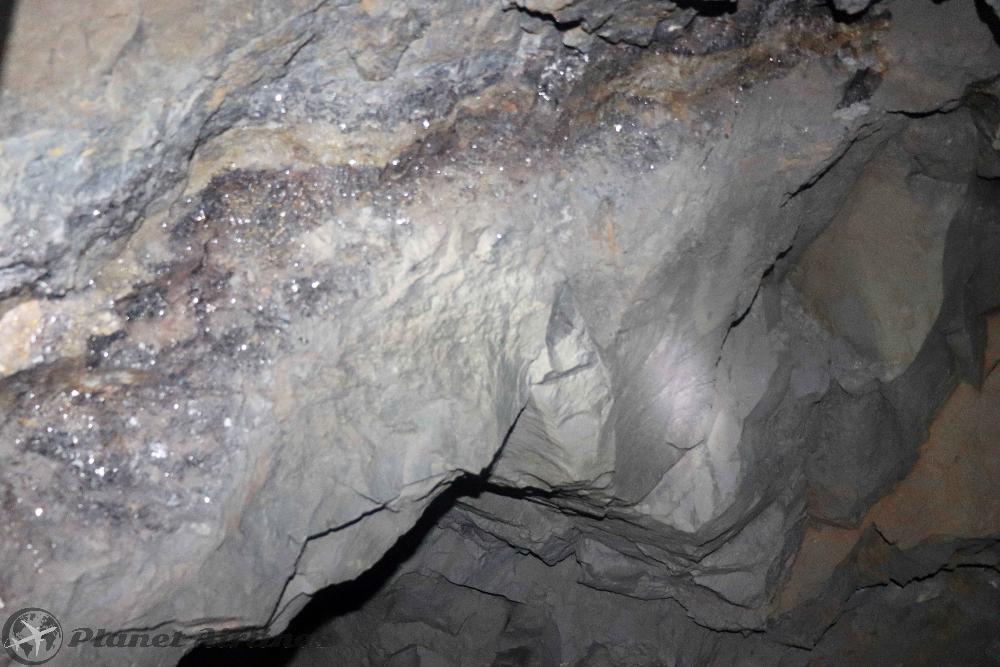
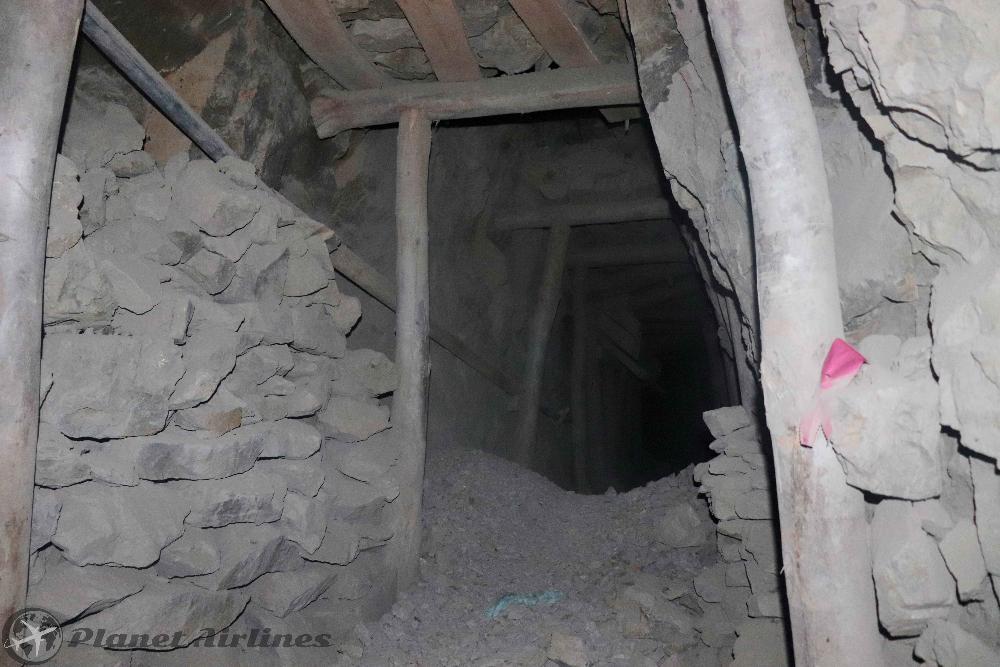
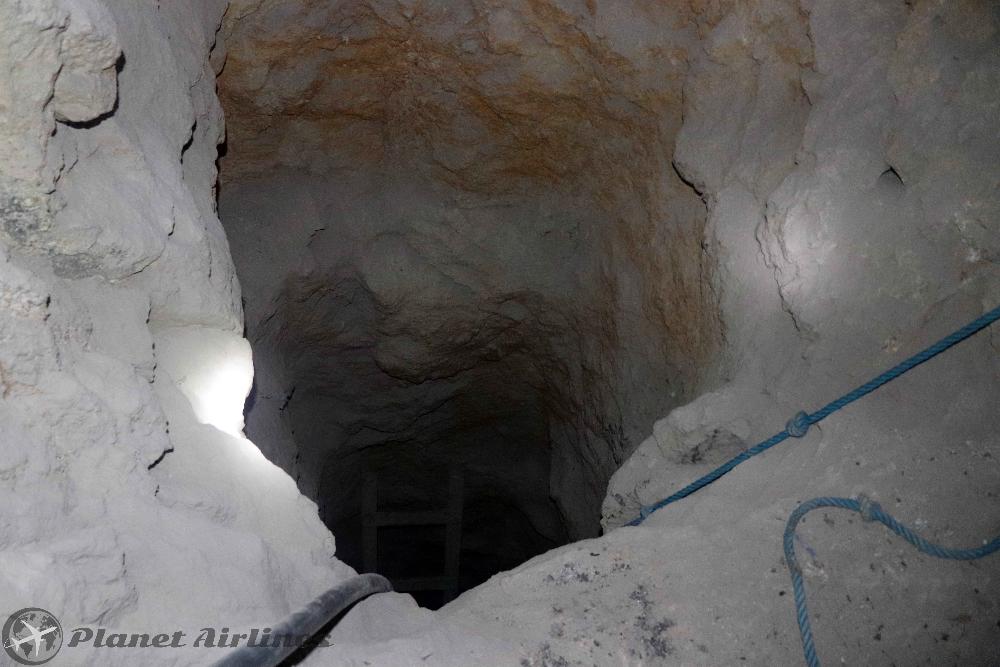
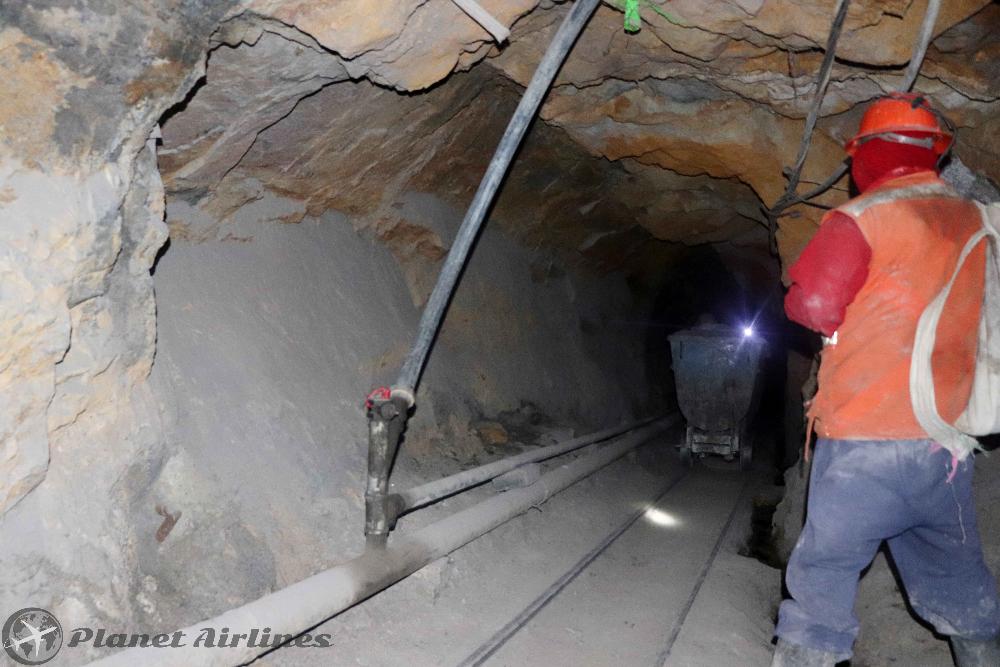


















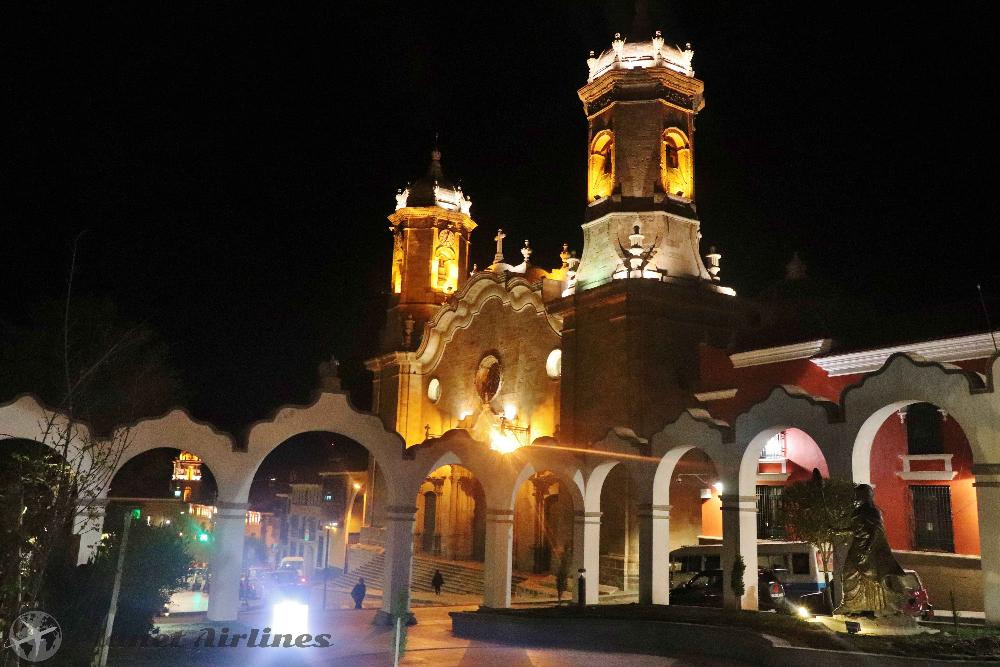
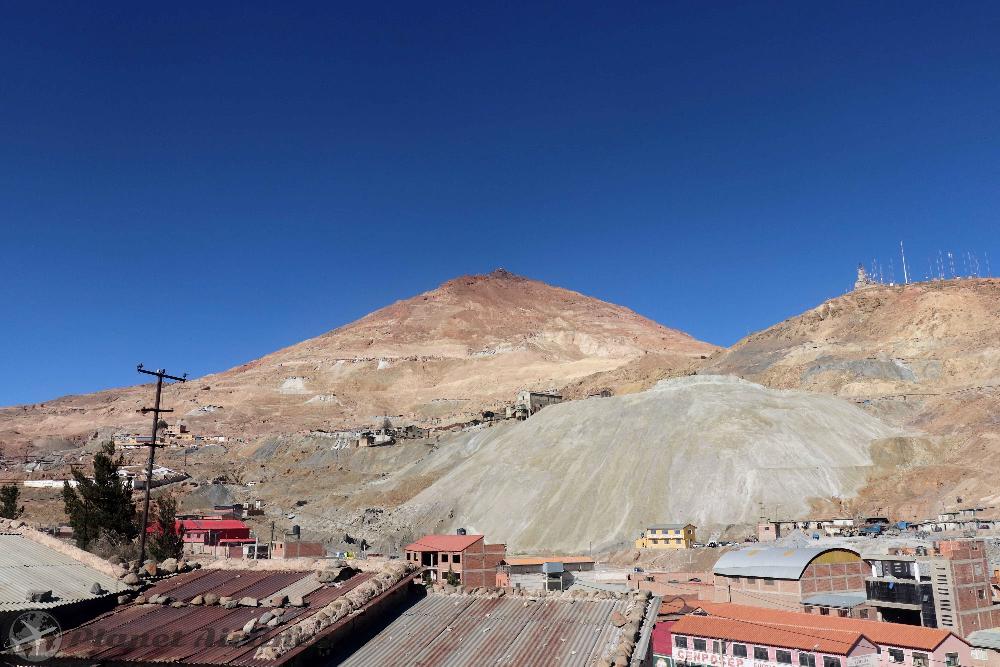

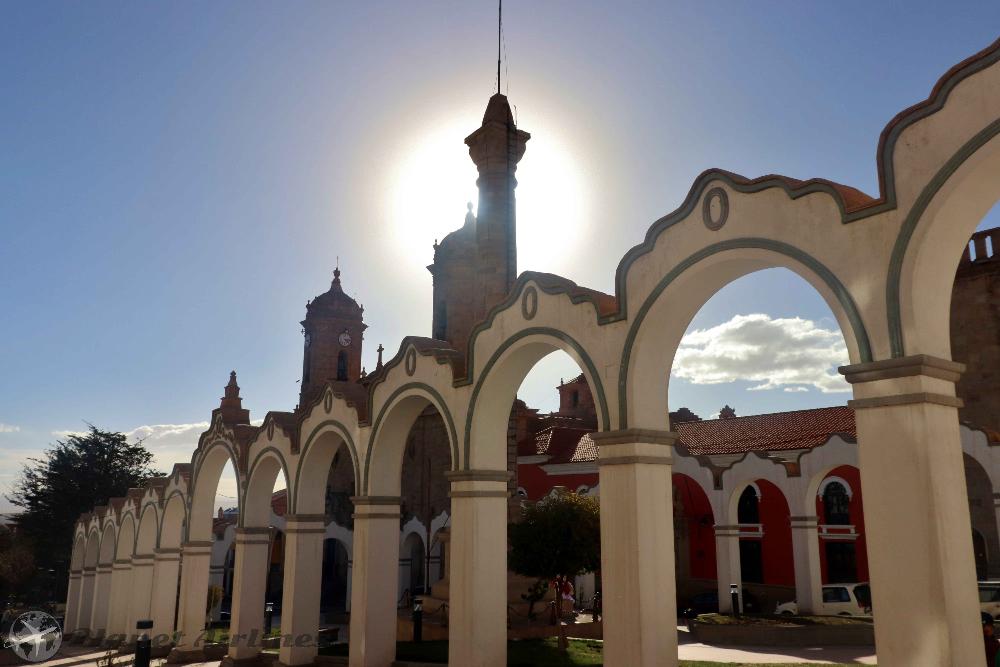
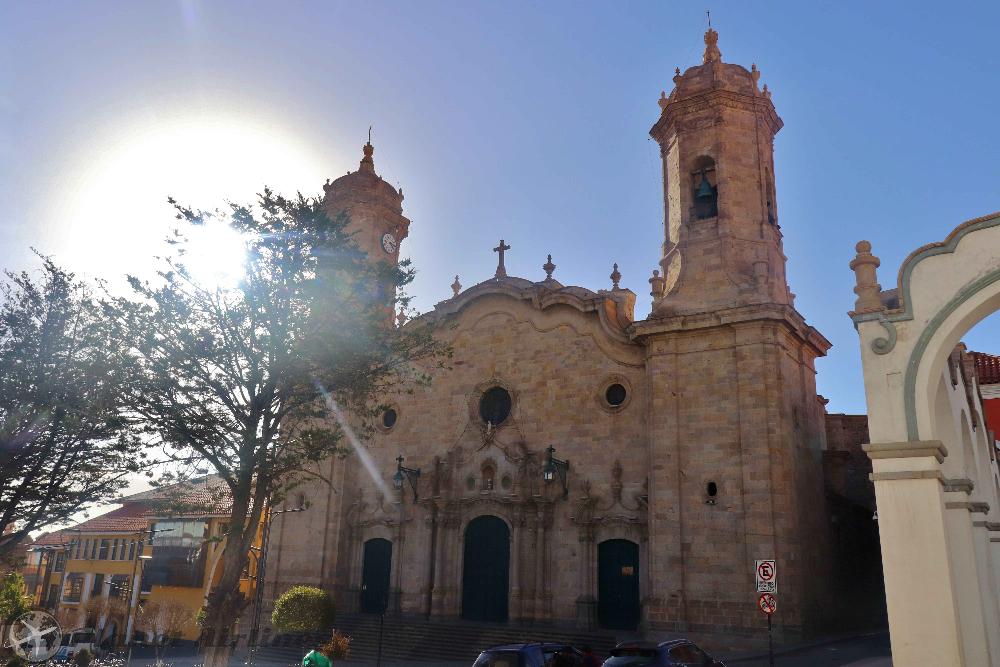


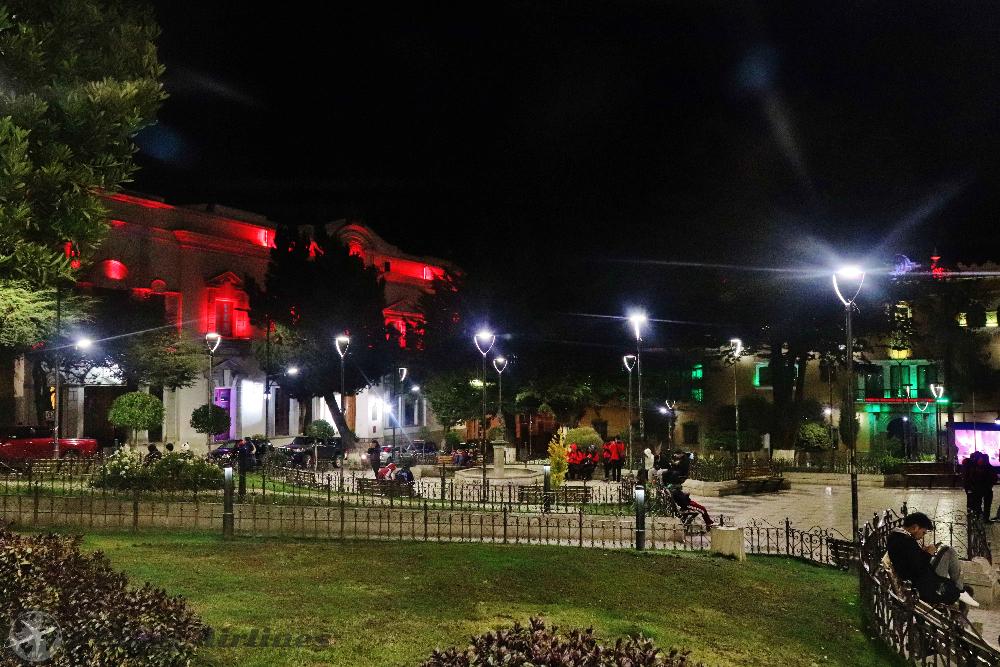



.png)